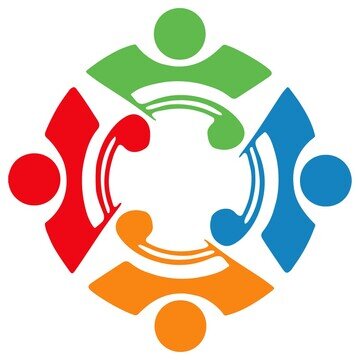56. The hidden cost of loneliness in the workplace
Data point of the week
According to a report by Cigna, “Lonely workers are less productive than non-lonely workers; moreover, each lonely worker may cost their employer nearly $4,200 a year in additional work days lost. At the national level, loneliness could cost the U.S. economy over $406 billion a year.”
The same report estimates that nearly two thirds of American workers are lonely.
Reflection
The cost of simply hoping employees will make connections on their own—which is what most workplaces do—is extraordinarily high. And of course, this report only accounts for financial costs not the costs to well-being and quality of life.
Imagine what would happen if workplaces intentionally helped employees build relationships?! That’s why I’m excited to be working with more workplaces to implement the ProjectConnect program with their employees. ProjectConnect is a simple model for helping employees get to know each other and build relationships in small groups. Here’s what one participant had to say:
“Participating in ProjectConnect was hugely helpful for my morale and motivation. As someone who is very efficiency-oriented, I don’t always prioritize making new connections. However, as a member of a ProjectConnect group, I met some excellent new colleagues, learned a lot about colleagues I’ve known for years, and felt authentically connected with all of them.”
—Adam Ortiz
Another way to create a more connected (and productive) work environment is to value collaboration over competition.
The TED Talk, Why it’s time to forget the pecking order at work, describes fascinating research on the parallels between breeding chickens to optimize for super-producers (egg-layers), and work environments that elevate individual “superstars.”
I recommend watching, but in case you don’t, here’s the cliff notes version (spoiler alert).
Allocating more resources, recognition, and power to individual super-performers backfires in a big way. It creates a competitive environment in which a handful of employees are overvalued, while the majority are undervalued, leading to dissatisfaction and disengagement.
More inclusive, collaborative environments that value the contributions of all employees led to dramatically higher productivity.
MIT conducted a study on what makes teams successful. They found that it had nothing to do with collective IQ of the team, or of individual members of the team. Rather, it came down to these three characteristics:
Team members show high social sensitivity to each other
Team members give each other roughly equal time, so no one voice dominates
Successful teams have more women on them (possibly because women are more likely to meet conditions 1 &2?)
Connection Skill & Action Step: Collaborate
Some tasks can be accomplished more efficiently alone. However, for larger projects or complex problem-solving, it’s helpful to collaborate with people who have a diverse range of knowledge, experience, and perspectives. Here are a few questions to inspire more collaboration at work and in life:
Where do you feel stuck, stalled, or unmotivated that could benefit from new energy, a different perspective, or an outside skill set? For example, I am technology illiterate and need to collaborate with others to address tech issues.
Is there a problem you haven’t been able to solve that you can invite collective input on and share responsibility for? For example, “the house is a mess” could be a problem the whole family collaborates on to solve.
Is there project or organizational change that requires buy-in from diverse groups to be successful? Can you get input from those groups to help think through adoption? For example, when creating a new policy, consider asking the people impacted by it for their input and to help with the rollout.
Questions (Please share your responses in the comments):
In your experience, how have competitive vs. collaborative environments affected your sense of connection, engagement, and satisfaction at work?


